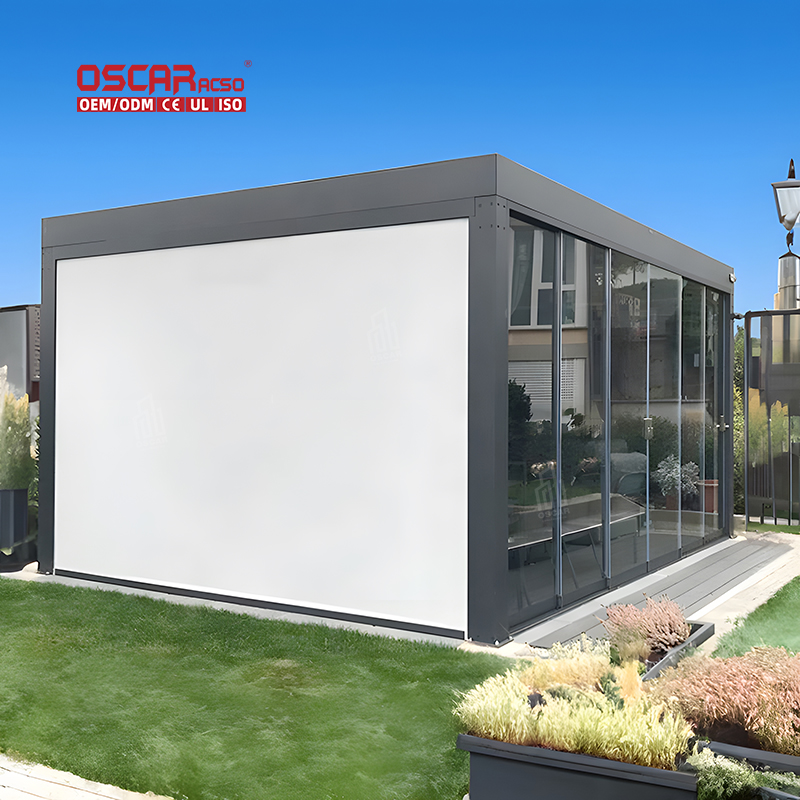Pergola Origins, Unraveling the History of Your Garden\’s Favorite Structure
Ever gazed at a garden pergola and wondered about its story? 🤔 This elegant structure, more than just a support for ...
Ever gazed at a garden pergola and wondered about its story? 🤔 This elegant structure, more than just a support for climbing plants, boasts a rich history that spans languages, cultures, and centuries. Let’s unravel its fascinating origins.
.jpg)
What Exactly Is a Pergola?
A pergola is an outdoor architectural feature, typically consisting of vertical posts or columns that support cross-beams and a sturdy open lattice. 🌿 Unlike a solid roof, this open framework allows sunlight and rain to filter through, creating a dappled shade perfect for climbing plants like vines, roses, and wisteria. It’s designed to define a space, provide partial shelter, and add vertical interest to a garden.
The Linguistic Roots: From Latin to Your Backyard

The word’s journey is a tale in itself. It originates from the Latin word “pergula”, which referred to a projecting roof or a porch. This evolved into the Italian “pergola” around 1645, entering the English language by 1675. This linguistic path mirrors the structure’s physical evolution, moving from attached porches to the freestanding garden elements we know today.
A Walk Through Time: The Historical Evolution

The pergola’s concept is ancient. Its early predecessors were the green tunnels in Medieval and early Renaissance gardens, often made from pliant young willow or hazel shoots bent into arches.
- •
Roman & Egyptian Influence: While the precise origin is debated, similar structures provided shaded walkways in the lush gardens of ancient Rome and Egypt, serving as spaces for relaxation and social gathering.
- •
Renaissance Revival: The idea was refined during the Renaissance, becoming a more permanent and architectural feature in formal gardens.
- •
18th & 19th Century Popularity: Pergolas became a favorite element in English naturalistic garden styles. Renowned landscape designers like Sir Edwin Lutyens and Gertrude Jekyll used them masterfully, often crafting them from brick, stone, and timber, making them firm, lushly planted signatures of their designs.
More Than Just a Pretty Face: The Functional Beauty
Why has the pergola remained so popular? Its genius lies in its dual purpose.

- •
Practical Utility: It provides shade and shelter from the sun, defines pathways or seating areas, and supports plant life, enhancing a garden’s biodiversity.
- •
Aesthetic Appeal: It adds vertical structure, creates captivating light patterns, and serves as a stunning focal point. When adorned with climbing plants, it blends architecture with nature seamlessly. 🌸
Pergola vs. Its Lookalikes: Clearing the Confusion
It’s easy to mix up garden structures. Here’s a quick guide:
- •
Pergola: Open roof, primarily provides partial shade and plant support.
- •
Gazebo (or Cenador): A fully roofed, often enclosed structure designed as a destination for seating, offering full protection from rain and sun.
- •
Arbor: Typically a smaller, arched structure, often used as an entrance or accent piece, sometimes featuring a built-in seat.
- •
Trellis (Espaldera): A lightweight, flat lattice panel used primarily as a support for plants on walls or fences.
The Pergola in the Modern World 🌍
Today, the pergola has transcended its traditional role. It’s a versatile element in:
- •
Urban Gardens: Creating green oases on rooftops and balconies.
- •
Outdoor Living Rooms: Equipped with lighting, fans, and even retractable shades for ultimate comfort.
- •
Commercial Spaces: Enhancing restaurants, parks, and wineries with its charm.
Its adaptability proves that good design is timeless, continuously evolving to meet modern needs while retaining its core character.
My Personal Take: The Enduring Magic of the Pergola
In my view, the pergola’s lasting appeal isn’t just about shade or style. It’s about the experience it creates—a defined, intimate space that encourages you to slow down, relax, and connect with nature. It’s a framework for memories, from morning coffee under flowering vines to evening gatherings string with lights. ✨ It represents a perfect marriage between human ingenuity and the natural world, a testament to how a simple structure can profoundly enhance our daily lives.
.jpg)

